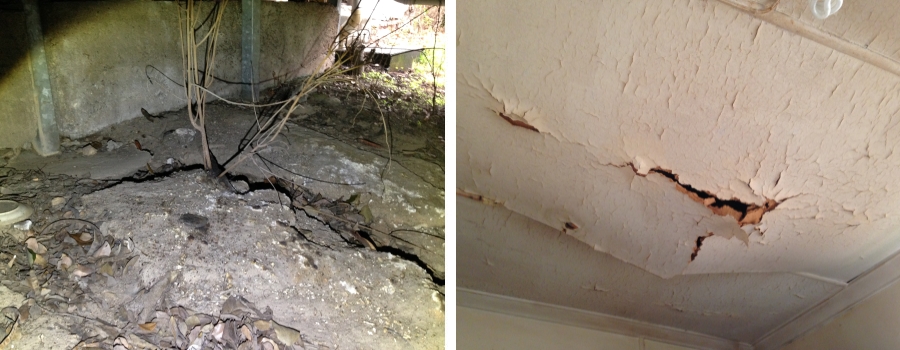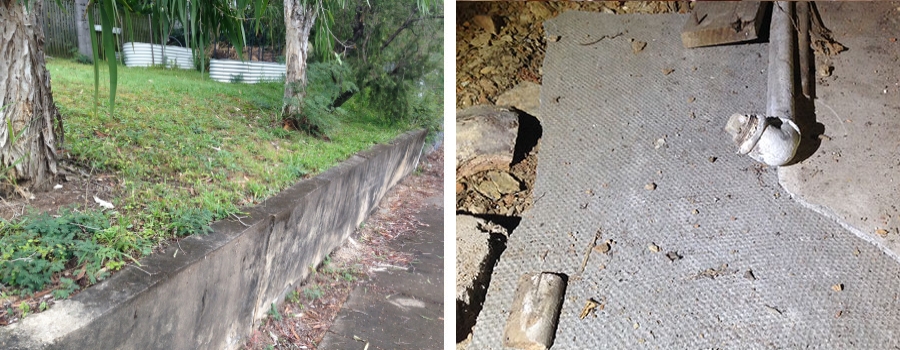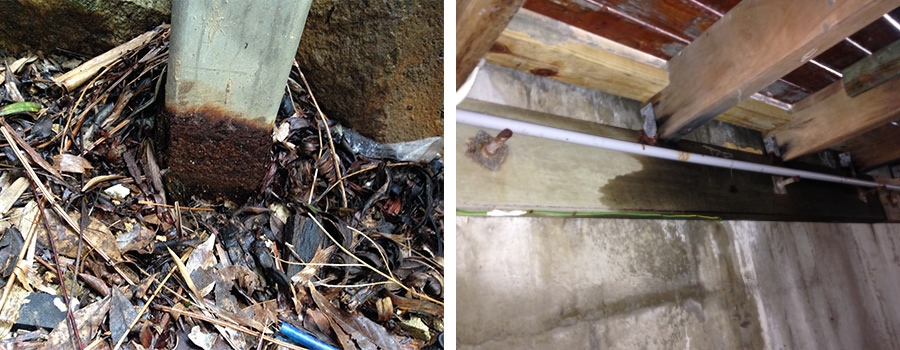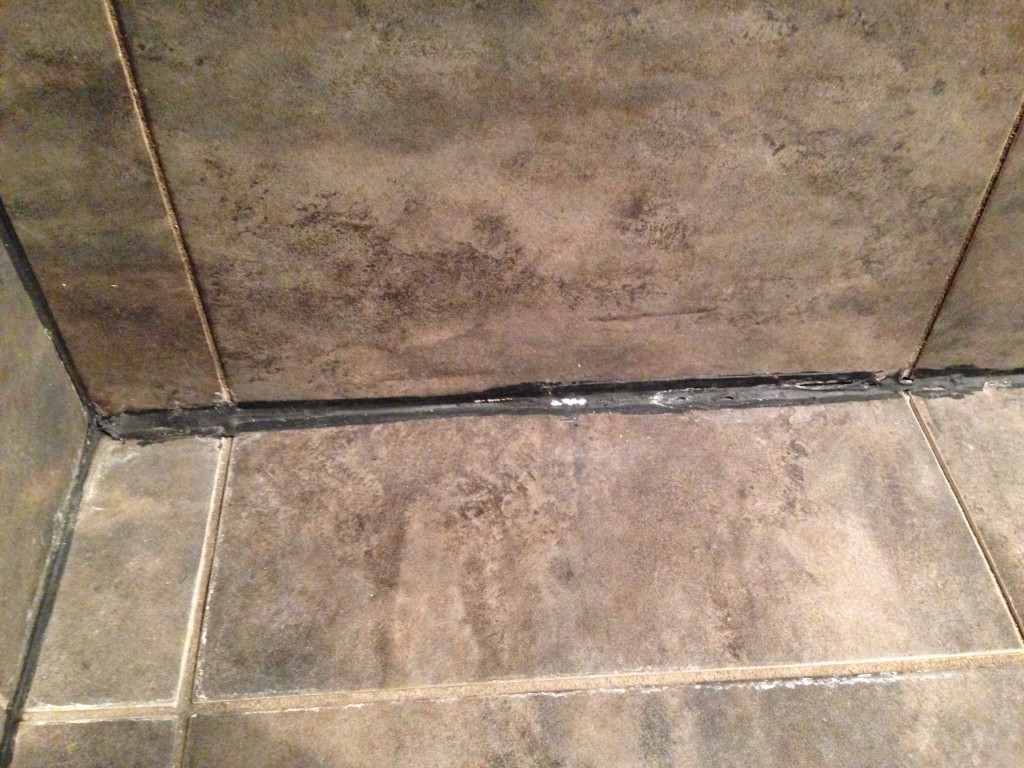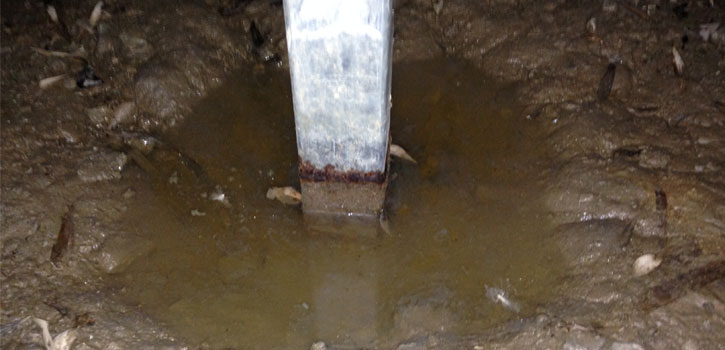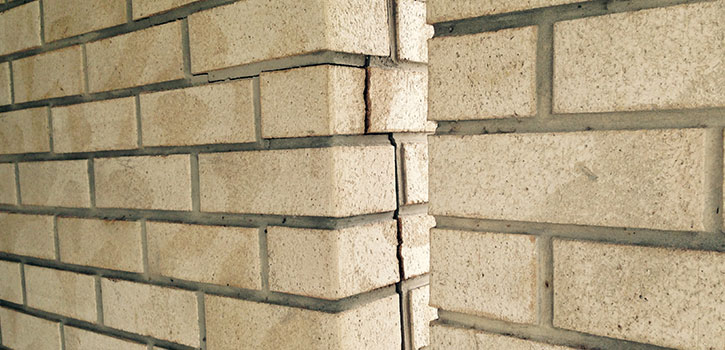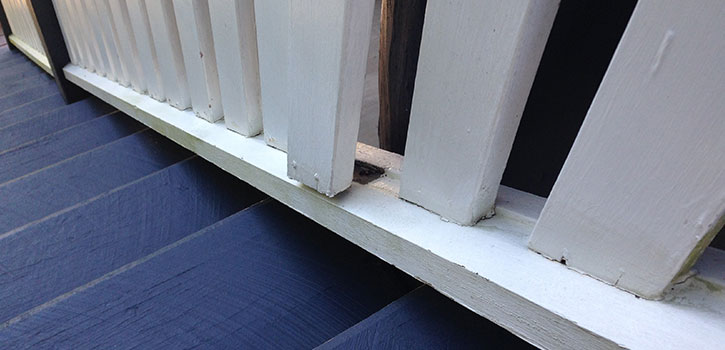Wet Areas
Wet areas can be one of the biggest problematic areas for material deterioration and damage within residential structures, as many endure or suffer leakages during their existence through a combination of factors e.g. bad property maintenance, poor workmanship during construction or renovations, material deterioration or any other factor causing leakage. These areas of the property, particularly the shower cubicle regions, are subject to a tremendous amount of water on a daily basis and must be kept in the best condition possible and watertight at all times to avoid water leakages and resultant material damage. Leaking from wet areas is also known to foraging termites.
Since 1996, waterproofing of wet areas has been governed by the Australian Standard AS: 3740 and licensed QBCC contractors, known as “Wet Sealers” or “Water Proofers”, are only permitted to carry out this kind of work in residential construction. For homes built since 2006, a form 16 certificate is provided as part of new building work for residential construction, relating to the water proofing all wet sealing of the wet areas. In many cases, moisture absorption from a wet area (bathroom, separate toilet and laundry) is not visually recognised except in extreme cases with obvious signs on accessible surfaces, e.g. wet floor, floor coverings, distortions on wall linings, tile discolouration etc.
In order to eliminate the chances of concealed water leaks occurring as a result of leaking washers/O-rings, I would recommend as a minimum and fresh start measure that all shower taps and fittings at least, by an appropriately qualified and licensed plumber and that moving forward you maintain a consistent and regular schedule of having the wet areas inspected. It is also critical that any area that receives a high exposure to water (shower cubicles), has the most vulnerability to leakage and therefore the vigilant maintenance of all sealing materials (grouting, silicon etc) must be maintained at all times.
Where showers back onto plaster board walls, it is recommended a vent be placed in the plasterboard, just above the skirting board. Vents are optional and they can be obtained from most good hardware outlets and range from plastic, to aluminium and timber. A vent can be fitted reasonably easily and can be simply removed to inspect inside these walls in the future although their prime purpose is to allow the wall cavity to ventilate.
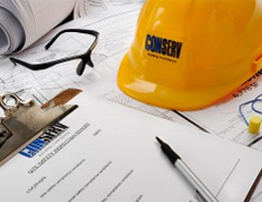
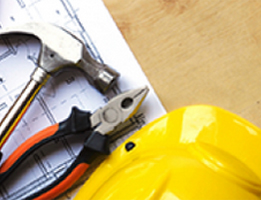

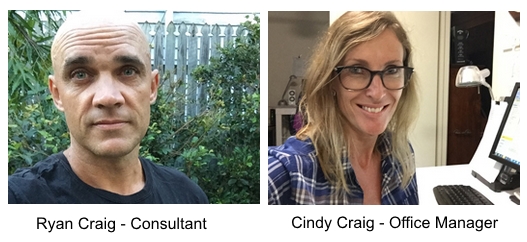
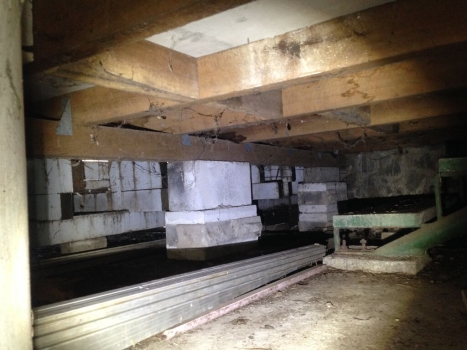
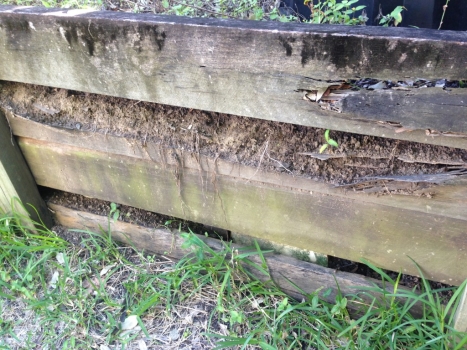
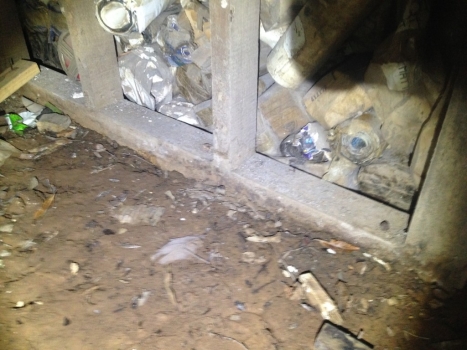
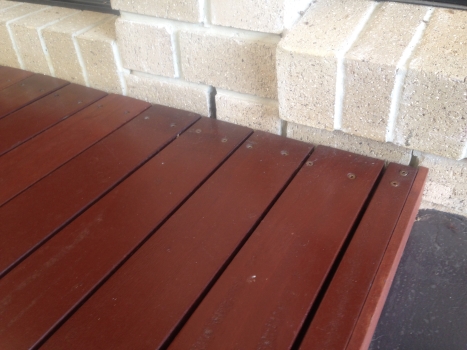
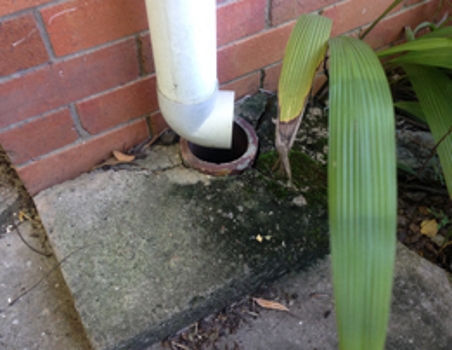 All too often during our inspections we identify areas which are conducive to the collection of retained ground moisture near a structure. Elevated moisture levels are known to provide conditions favourable to Timber Pest activity, particularly termites, and it is vital that every effort be made to avoid these risks. The most common causes of retained ground moisture are inadequate surface water drainage, downpipes not connected to drainage outlets, no gutters in place for roofing areas, outlet pipes for air conditioners, relief and overflow valves for hot water cylinders, corroding and join leakages of gutters and downpipes, defective or incomplete flashing and plumbing for rainwater tanks leaking. These are all issues which can be, and should be rectified, if they are in existence at a property.
All too often during our inspections we identify areas which are conducive to the collection of retained ground moisture near a structure. Elevated moisture levels are known to provide conditions favourable to Timber Pest activity, particularly termites, and it is vital that every effort be made to avoid these risks. The most common causes of retained ground moisture are inadequate surface water drainage, downpipes not connected to drainage outlets, no gutters in place for roofing areas, outlet pipes for air conditioners, relief and overflow valves for hot water cylinders, corroding and join leakages of gutters and downpipes, defective or incomplete flashing and plumbing for rainwater tanks leaking. These are all issues which can be, and should be rectified, if they are in existence at a property.